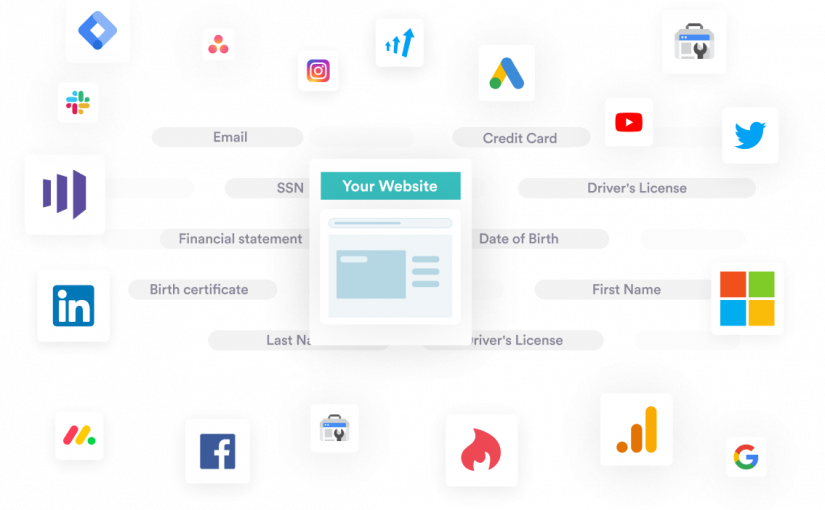With incidents such as Snowden that shed light on the surveillance practices of governments and organizations, customers now fear whether or not their data is being stored and processed safely. This is where most global privacy laws, such as the GDPR, come into play, requiring organizations to capture consent from their customers before storing and processing data. Organizations that fail to abide by consent requirements risk penalties, heavy fines, and in extreme cases, class-action lawsuits.
To stay compliant and honor the consent of their customers, they need to formulate a game plan as to how they can easily collect this consent and keep track of it while giving them the option to revoke consent at any time.
What is Universal Consent Management?
Under most global privacy laws, the data subject’s consent is one of the lawful basis for processing personal data. A data subject’s consent is defined as any freely given, specific, informed, and unambiguous indication of the data subject’s wishes, by which he or she signifies agreement to the processing of his/her personal data. Today, most organizations leverage user’s consent for marketing purposes, including direct marketing and marketing via cookies and similar tracking technologies.
Universal Consent Management is a technical solution that enables organizations to collect users’ consent before processing their personal data for marketing purposes. In addition, it assists organizations in monitoring user’s consent throughout his/her online journey and facilitates revocation of the consent whenever the user wishes to withdraw consent. This ultimately enables organizations to comply with consent requirements of applicable privacy laws.
Challenges of effective universal consent management and how those challenges can be addressed?
-
Identifying consent collection points
In today’s online and digital media, a data subject interacts with the organization in various ways. For example, a data subject logs into an application or service, downloads a form or whitepaper, registers for a webinar, or fills an inquiry form. In all such scenarios, the organization intends to process the user’s personal data for its own use, such as sending marketing communications to the user. With the growing concern of data privacy, most global privacy laws now require organizations to obtain the user’s consent in all such interactions with the organization. Therefore, the organization needs to identify all consumer-facing touchpoints and display consent checkboxes/notices at those touchpoints.
-
Notice of Consent Capture
Once consent collection points have been identified, the second challenge remains to capture consent. For consent to be validly collected, the data subject must be notified about the controller’s identity, the types of data to be collected and processed, and their purposes. While businesses are building new capabilities to enable consent capture, having a solution that supports turnkey notice and choice can simplify this requirement.
-
Proliferation and Sharing
Websites and businesses collect and store identifiers such as IP addresses, device IDs, location data, and cookies, which are now considered personal data. This information is shared or leaked to various advertising and marketing platforms to provide value-added services. Therefore, it is essential that platforms involved in this process notify and obtain consent from their users before sharing their data. In addition, consent propagation must be supported and managed.
-
Associating Given Consent to a Specific User or Identity
Most businesses have personal data scattered across multiple systems with different identities for the same user, which are part of different processes and environments. Therefore, an enterprise-wide view of data and identity is essential for effective consent management.
-
Governance
Most businesses undertook a flurry of consent capture and re-consent efforts to meet GDPR deadlines but ended up with solutions that act as static consent and preference databases. Without the ability to link consent to identities, consent is once again scattered in silos with multiple instances of consent for the same user. This makes opt-out and consent withdrawal decisions very difficult to implement across the organization. Therefore, operationalizing consent management is a critical requirement for consent management solutions.
Next steps
Consent is one of the most, if not the most, important data privacy requirements worldwide. However, fulfilling this regulation using manual methods is tedious, costly, and risky. Adopting the PrivacyOps framework can help the organization in the following ways:
- Build customized consent collection methods to gather and record consent from various locations, including websites, web forms, SaaS applications, and consent databases.
- Use pre-built consent workflow templates to sync consent statuses across 3rd party systems.
- Honor consent revocations easily from offline or non-primary channels.
- Customize the preference center based on functionality, branding, and user interaction requirements.
- Visualize consent at the visitor and organizational level using intuitive, easy-to-use dashboards.
Given the increased frequency and severity of enforcement around consent violations, it is wise to invest in automation at an early stage of the compliance process and prepare your organization for data privacy regulations worldwide – not just the existing ones but also those that are upcoming.


















